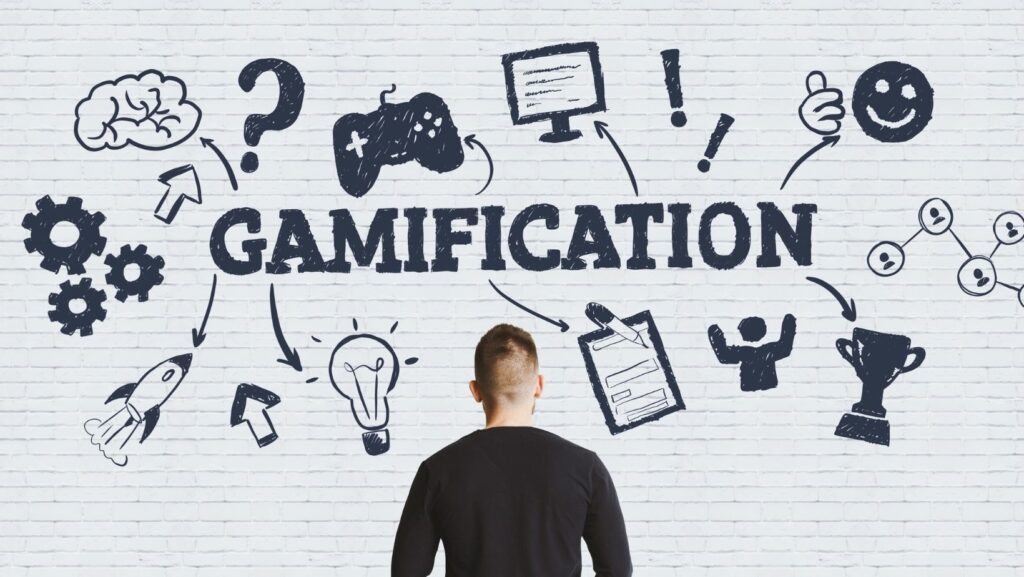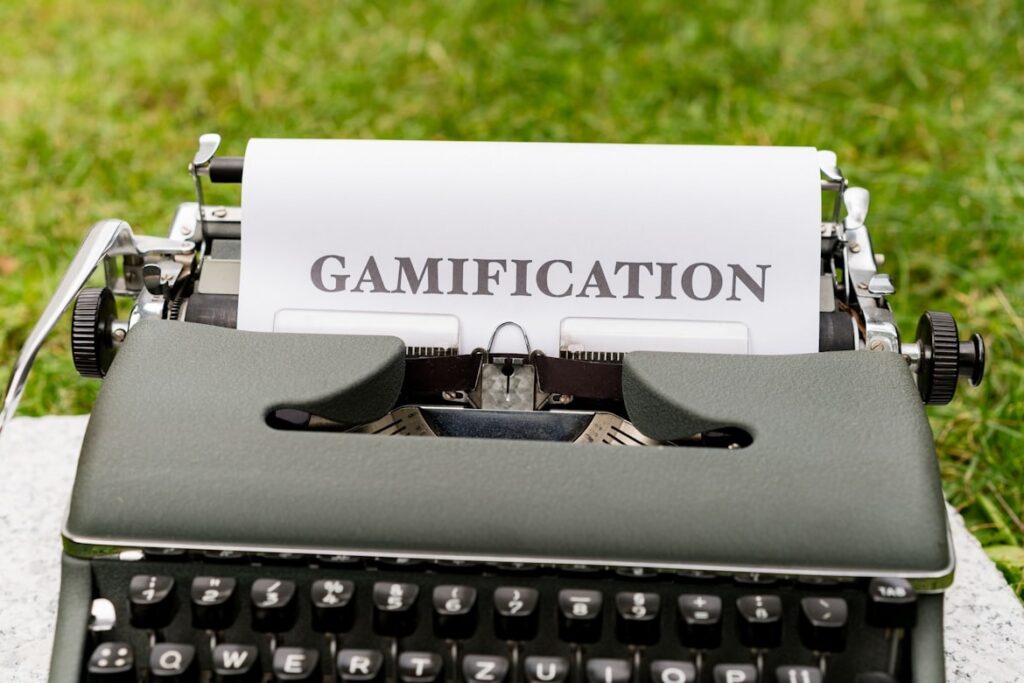Gamification succeeds because it taps into deep human instincts for achievement, recognition, and progress. By understanding the psychology that drives these behaviors, designers can create systems that not only entertain but also motivate real-world actions in learning, work, and everyday life.
Gamification has become a central design principle across industries, from education to marketing to workplace productivity. What makes a points system or a progress bar so effective is not the mechanics themselves but how they align with our cognitive and emotional triggers. The success of these tools lies in how they activate motivation, deliver satisfaction through small wins, and build habits that keep users coming back. In the gaming world, platforms such as fairness.gg show how transparency, verified fairness, and reward systems can strengthen engagement by giving users confidence in the outcomes they experience. Trust is a crucial part of motivation, and when players feel that progress and rewards are earned fairly, their engagement deepens.
Table of Contents
ToggleThe Power of Motivation and Feedback
At the core of gamification is the concept of motivation. Psychologists often distinguish between intrinsic motivation, driven by internal satisfaction, and extrinsic motivation, influenced by external rewards. Gamification combines both by using immediate feedback mechanisms that give users a sense of accomplishment while connecting those feelings to longer-term personal or professional goals.
A progress bar, for example, provides constant visual feedback that tells the user, “You are getting closer.” This reinforces the brain’s reward system, releasing dopamine whenever progress is made. That small burst of pleasure motivates the individual to continue the task. Over time, these micro-rewards can build powerful habits, especially when paired with achievable goals and visible milestones.
This same principle explains why simple actions like collecting badges or completing levels can feel so satisfying. The sense of mastery they produce aligns with what psychologists call the “competence need,” one of the three pillars of the Self-Determination Theory. When people feel they are improving at something, they naturally want to keep going.
How Game Elements Trigger Engagement
Game design elements such as points, challenges, leaderboards, and achievements work because they create a clear structure of goals and rewards. Humans are wired to respond positively to clear objectives and immediate feedback. Gamified systems take advantage of this by breaking down complex tasks into manageable steps, each rewarded with recognition or progress.
Leaderboards, for instance, tap into our competitive instincts. They show not only how far we have come but how we compare to others. While competition can be a strong motivator, it works best when paired with cooperation and social connection. Many successful platforms balance these elements, encouraging users to achieve personal bests while still feeling part of a shared community.
In learning environments, this dynamic can transform engagement. Students who might find traditional lessons dull often respond enthusiastically to gamified systems that reward progress and persistence. Similarly, in corporate training, game-based recognition systems encourage participation and completion rates that far exceed traditional e-learning formats.
Building Long-Term Engagement through Meaningful Progress
The challenge with gamification is not just getting users to start but keeping them engaged over time. While short-term incentives can spark interest, long-term engagement depends on creating meaning and purpose within the experience.
Effective gamified systems make rewards feel connected to real achievements rather than arbitrary points. This connection helps users internalize the experience and find intrinsic value in their actions. For example, a fitness app that tracks personal records and provides narrative feedback helps users link their digital progress to physical well-being.
Designers must also recognize the importance of balance. Too many rewards can dilute their meaning, while too few can lead to frustration or disengagement. The key is to maintain a steady rhythm of challenge and reward that reflects the natural flow of human motivation.

By grounding gamification in psychology rather than gimmicks, creators can build systems that truly motivate and inspire. When rewards and progress bars are used thoughtfully, they do more than entertain. They become tools that guide people toward growth, learning, and a deeper sense of accomplishment.




